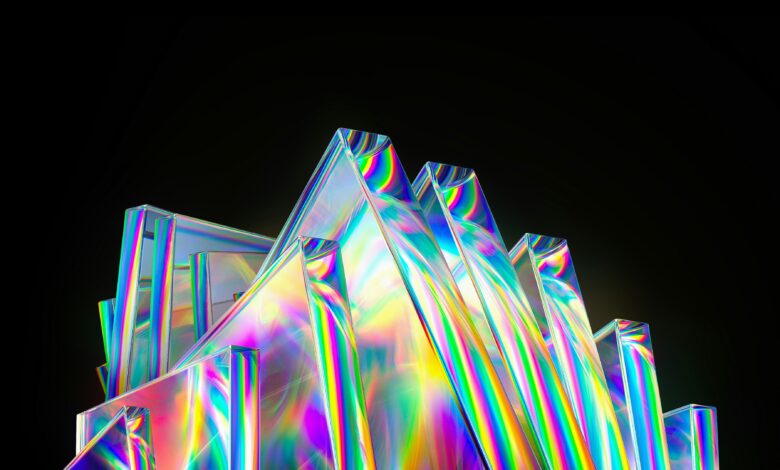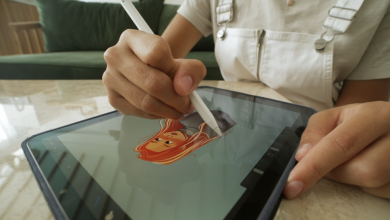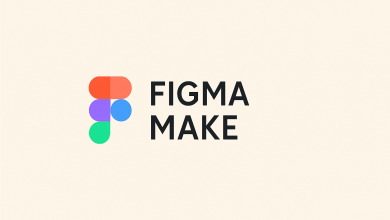
Since time immemorial, creativity has been considered deeply human. It’s that unquantifiable spark. That force that makes us unique. Machines could crunch numbers, process data, and execute commands, but they couldn’t dream, they couldn’t feel, and they certainly couldn’t create. Art, music, storytelling — these gifts were sacred. They were irreplicable. They were ours.
And then, in what felt like the blink of an eye, that illusion was shattered.
Artificial intelligence and GenAI didn’t just enter the creative industries; they took them by storm. Today, tools like Midjourney can generate breathtaking images in seconds. ChatGPT can write everything from poetry to screenplays with uncanny fluency. And AI music models can compose symphonies, blending styles in ways no human composer would even think to.
Creatives were left asking the uncomfortable question: if creativity can be automated, what is left for us?
This disruption sparked fierce debates about authenticity, originality, and artistic value. But it also gave way to something much bigger. A cultural shift. A new way of seeing art itself.
From this new perspective, GenAI is more than just a tool and more than just a co-collaborator on creative projects. It’s the ultimate expression of a much older cultural idea: postmodernism.
The Postmodern Machine
Postmodernism first emerged in the late 20th century in reaction to the modernist movement, which believed that a focus on objectivity, progress, and rationality in our approach to innovation could not only reveal universal truths but improve society.
In contrast, postmodernism was marked by skepticism toward the overarching narratives of the past — those big ideas about religion, science, and politics — and what were once seen as absolute truths.
In fact, many philosophers at the forefront of the postmodern movement argued that there are no single, universal truths, only competing perspectives shaped by history, culture, and the societies we live in. In short, what is true for one person is not necessarily true for another.
Postmodernism rejected the idea of pure invention or the singular creative genius and instead embraced ambiguity, irony, and pastiche. It was playful. It blurred the lines between high and low culture, between authenticity and derivation, and it reveled in remixing, reinterpreting, and deconstructing existing forms.
It also questioned everything we thought we knew about originality.
Andy Warhol’s Campbell’s Soup Cans was art. A Tarantino film, with its stitched-together references, was art. And the idea that nothing was truly new was not just accepted but celebrated.
In his essay “The Death of the Author”, Roland Barthes says: “Thus is revealed the total existence of writing: a text is made of multiple writings, drawn from many cultures and entering into mutual relations of dialogue, parody, contestation, but there is one place where this multiplicity is focused and that place is the reader, not, as was hitherto said, the author. The reader is the space on which all the quotations that make up a writing are inscribed without any of them being lost; a text’s unity lies not in its origin but in its destination” (189).
GenAI operates on that very same principle.
ChatGPT doesn’t invent in a way we traditionally think of invention. It doesn’t have flashes of divine inspiration. Instead, it consumes vast amounts of human-created content, like books, articles, conversations, and songs, and detects patterns. It uses these patterns to construct something that feels new but is, at its core, a remix of the past. It curates, recontextualizes, and reassembles. And strangely, that makes it incredibly good at what it does.
If Andy Warhol’s repeated soup can is art, then what is the AI that can produce a thousand variations of that in mere seconds? What we’re witnessing is the industrialization of creativity — not in the sense of assembly line repetition but in the mass production of aesthetic recombination. AI isn’t making art the way we do. It’s simply refracting human creativity back at us, like a kaleidoscope made up of tiny fragments of our own culture.
Some AI-generated works have already crossed into history. In 2018, an AI-created painting, Portrait of Edmond de Belamy, sold for $432,500 at Christie’s, sending shockwaves through the art world. AI-generated music is creeping from hotel lobbies into films, commercials, and full-length albums. Books written and edited with the assistance of AI are finding commercial success. And yet, for all its competence, AI still lacks something essential.
A soul.
Yes, AI can mirror creativity, but it doesn’t feel joy in creation. It doesn’t struggle with meaning. It doesn’t suffer for its art. That, it seems, is still our domain.
The Return of the Human Touch
As AI-generated content floods the world, human-made art is taking on a new kind of value. Not because it’s necessarily better but because it’s human — flaws, quirks, and surprising perspectives included. We’ve seen this before when mass production suddenly made handmade goods rare and desirable.
And we’re already seeing this shift take place. AI can spit out a hundred advertising concepts, but the final decision — the emotional nuance, the instinctual cultural understanding — still belongs to us humans. The film industry is experimenting with AI-assisted scripts, but studios still need real writers to add subtext and heart. Even AI-generated art requires a human editor to make it resonate.
And maybe that’s the real future of creativity: humans as not just the source of original concepts but as curators, too. Incepting ideas and then editing, redefining, and guiding AI-generated work. Perhaps the future of creativity is less about making and more about knowing what’s worth keeping. Taste, intuition, and storytelling are likely to be the skills that set us apart from the machines.
Because in the end, AI can mimic. It can remix. But it can’t decide what matters.
Conclusion: Living with the Machine
GenAI hasn’t killed creativity — it has multiplied it. But in doing so, we’ve been forced to redefine it.
We are now coexisting with a creative force that doesn’t tire, doesn’t doubt, and never gets stuck. It is prolific, efficient, and eerily competent. And so, we’re left with that same question: if creativity can be automated, what’s left for us?
The answer: Meaning. Emotion. Connection.
The best art, stories, and music — at least, the ones that last — aren’t just about aesthetic perfection.
They’re about the truth of who we are as people.
They’re about our lived experience.
And that is the most human thing of all.





